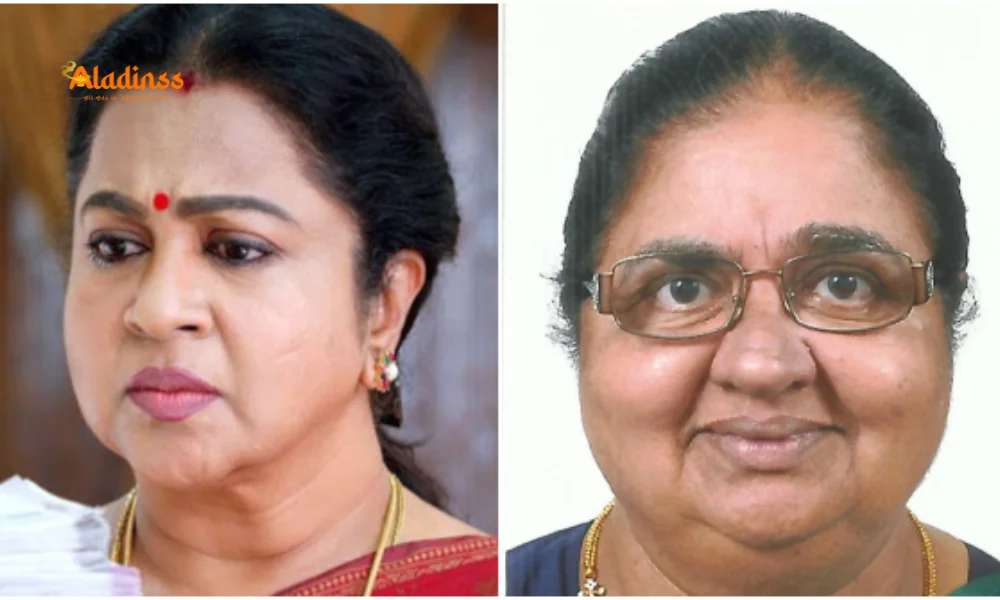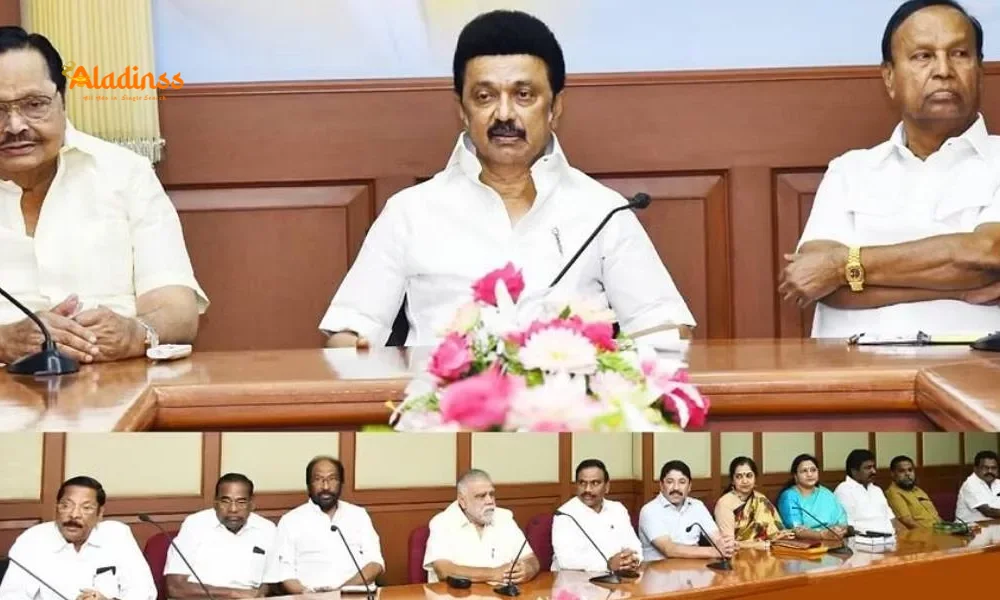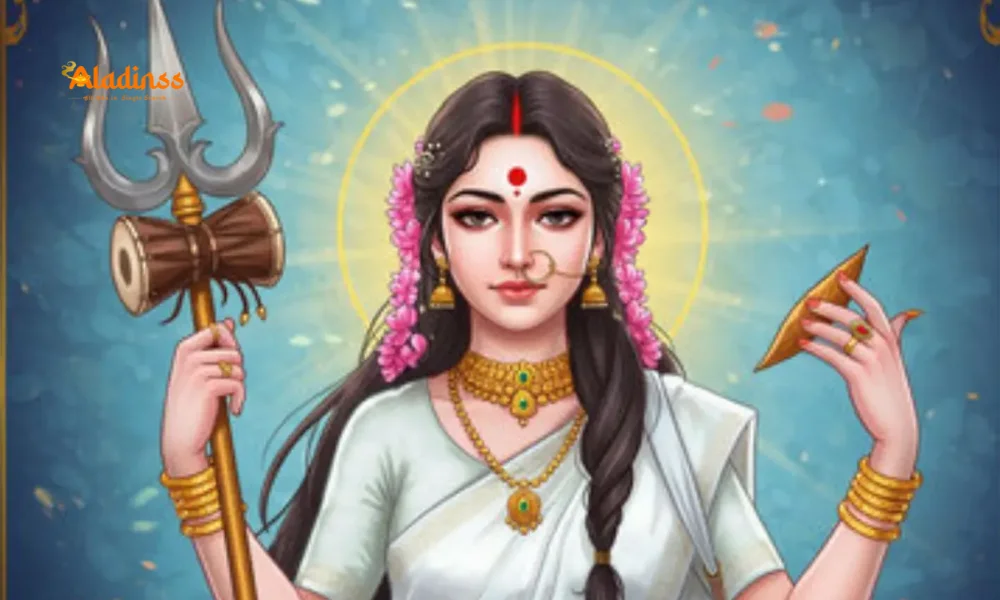Navaratri 2025: Why We Celebrate This Divine Festival
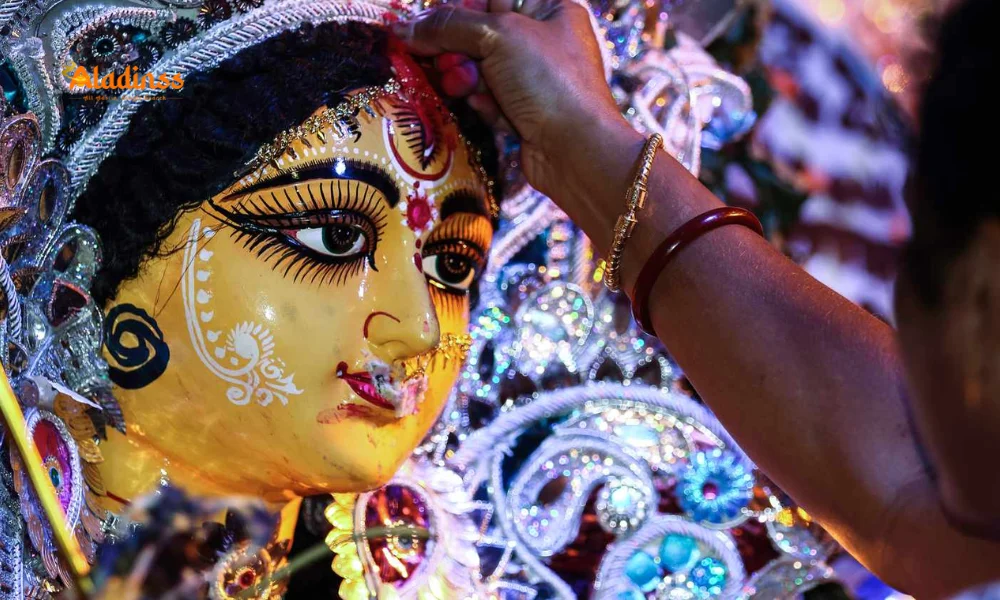
Navaratri 2025: Why We Celebrate This Divine Festival
Navaratri, one of the most revered Hindu festivals, is celebrated with immense devotion across India and beyond. This nine-day festival, dedicated to Goddess Durga, holds profound spiritual significance, symbolizing the triumph of good over evil. As Navaratri 2025 begins, devotees prepare to worship Goddess Durga, Mahalakshmi, and Saraswati, seeking blessings for education, wealth, happiness, and wisdom. This article delves into the origins, significance, rituals, and prominent temples associated with Navaratri, offering a comprehensive guide to this vibrant festival.
The Mythological Significance of Navaratri
Navaratri, meaning "nine nights," commemorates the divine victory of Goddess Durga over the demon Mahishasura. According to Hindu mythology, two demons, Sumbha and Nisumbha, performed severe penance for 25 years and received a boon from Lord Brahma. The boon ensured that they could only be defeated by a virgin goddess. Emboldened by this, they unleashed chaos, troubling gods and humans alike. To counter this threat, Lord Brahma, Vishnu, and Shiva combined their divine energies to create Goddess Durga, who, along with Parvati, waged a fierce nine-day battle against Mahishasura, the leader of the demons.
The battle, fought from morning to evening each day, culminated in the slaying of Mahishasura on the tenth day, known as Vijayadashami. This victory is celebrated as Navaratri, symbolizing the triumph of righteousness over evil. The festival also honors the trinity of goddesses—Durga, Mahalakshmi, and Saraswati—who represent strength, prosperity, and knowledge, respectively.
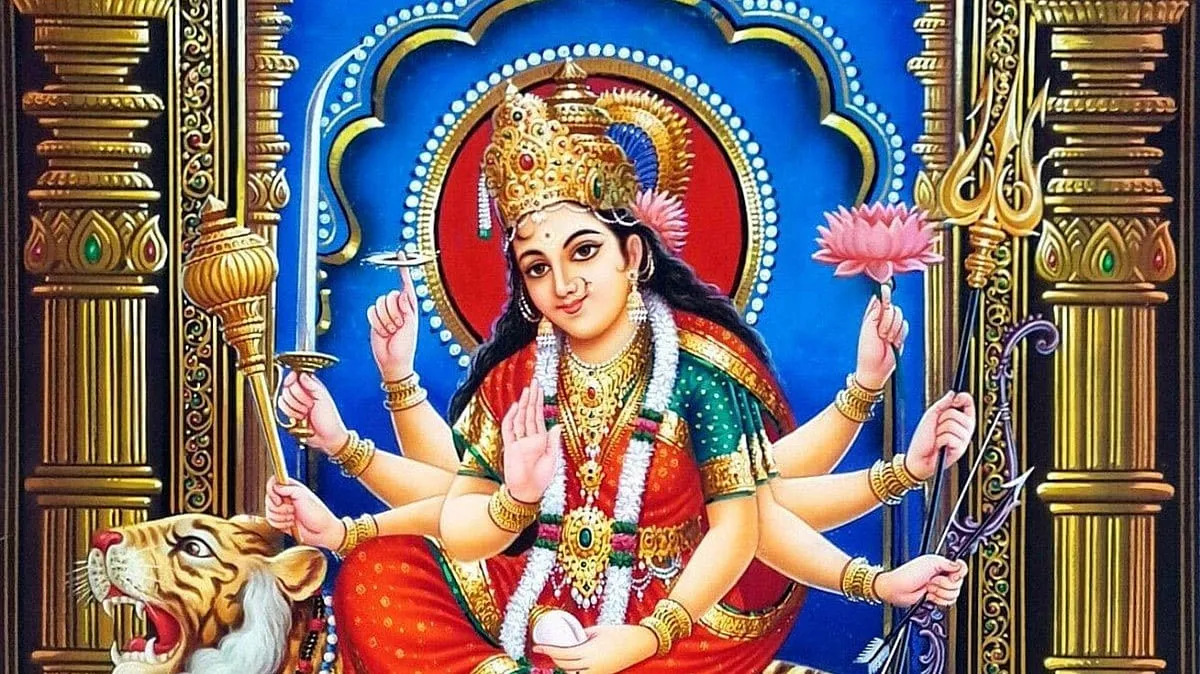
Spiritual Importance of Navaratri
Navaratri is not just a festival of celebration but also a time for spiritual renewal. Worshipping Goddess Durga is believed to remove sorrows and obstacles, much like Ganapati Puja clears hindrances. The festival is divided into three phases, each dedicated to a different goddess. The first three days honor Durga, the goddess of strength and protection; the next three days are devoted to Mahalakshmi, the goddess of wealth and prosperity; and the final three days celebrate Saraswati, the goddess of wisdom and learning.
Devotees believe that sincere worship during Navaratri brings divine blessings, fostering personal growth and spiritual awakening. The festival encourages self-discipline, fasting, and prayer, allowing individuals to connect deeply with the divine feminine energy, or Shakti. It is a time to reflect on one's inner strength and seek guidance to overcome life's challenges.
How to Worship Goddess Durga During Navaratri
Worshipping Goddess Durga during Navaratri involves a series of rituals that vary by region but share common elements. Devotees begin the festival by setting up a sacred space, often adorned with images or idols of the goddess. The rituals typically include chanting mantras, offering flowers, lighting lamps, and performing aarti. Many observe fasting, either partially or completely, as a form of devotion and purification.
Key Rituals of Navaratri
1. **Ghatasthapana**: On the first day, devotees place a pot filled with water and barley seeds, symbolizing the goddess's presence. This ritual marks the beginning of Navaratri.
2. **Daily Puja**: Each day, devotees offer prayers, flowers, and sweets to the goddess. Chanting Durga Saptashati or Devi Mahatmyam is considered highly auspicious.
3. **Durga Ashtami**: The eighth day, known as Durga Ashtami, is particularly significant. Special pujas are performed, and young girls are worshipped as embodiments of the goddess in a ritual called Kanya Puja.
4. **Vijayadashami**: The tenth day celebrates Durga’s victory over Mahishasura. It is marked by processions, idol immersions, and celebrations of triumph.
These rituals create a vibrant atmosphere, with homes and temples filled with the sounds of devotional music and the fragrance of incense. Communities come together to perform Garba and Dandiya dances, especially in Gujarat, adding a cultural dimension to the spiritual festivities.
Benefits of Worshipping During Navaratri
Worshipping during Navaratri is believed to yield numerous spiritual and material benefits. Devotees seek the goddess’s blessings for strength, prosperity, and wisdom. Here are some key benefits associated with Navaratri worship:
- **Spiritual Growth**: The festival encourages introspection and devotion, helping individuals overcome negative tendencies and cultivate positive qualities.
- **Protection from Evil**: Goddess Durga’s energy is believed to shield devotees from negative forces and provide courage to face challenges.
- **Prosperity and Success**: Worshipping Mahalakshmi brings blessings for wealth and abundance, while Saraswati’s grace enhances knowledge and creativity.
- **Community Bonding**: Navaratri fosters unity through collective celebrations, dances, and rituals, strengthening social ties.
Famous Temples for Navaratri Celebrations
Navaratri is celebrated with grandeur in temples dedicated to Goddess Durga across India. These temples attract thousands of devotees during the festival, offering a divine ambiance for worship. Here are some prominent temples known for their Navaratri celebrations:
1. Vaishno Devi Temple, Jammu and Kashmir
Located in the Trikuta Mountains, the Vaishno Devi Temple is one of the holiest shrines dedicated to Goddess Durga. During Navaratri, the temple is adorned with flowers and lights, and special pujas are conducted to honor the goddess.
2. Kamakhya Temple, Assam
The Kamakhya Temple in Guwahati is a significant Shakti Peeth, where Navaratri is celebrated with elaborate rituals. The temple’s unique traditions draw devotees seeking the goddess’s blessings for strength and prosperity.
3. Chamundeshwari Temple, Karnataka
Situated atop the Chamundi Hills in Mysuru, this temple is dedicated to Goddess Chamundeshwari, a form of Durga. Navaratri celebrations here are grand, coinciding with the famous Mysuru Dasara festival.
Cultural Celebrations of Navaratri
Navaratri is not only a religious festival but also a cultural extravaganza. In Gujarat, Garba and Dandiya dances are performed in vibrant costumes, accompanied by traditional music. In West Bengal, the festival coincides with Durga Puja, featuring elaborate pandals and idol immersions. South India celebrates with Golu displays, where dolls representing deities are arranged in homes.
These cultural elements make Navaratri a unique blend of spirituality and festivity, uniting communities in celebration. The festival’s universal appeal lies in its ability to inspire devotion while fostering joy and creativity through art, music, and dance.
Navaratri 2025: A Time for Renewal
As Navaratri 2025 approaches, devotees across the world prepare to immerse themselves in the divine energy of Goddess Durga. The festival offers an opportunity to seek blessings, overcome challenges, and embrace positivity. Whether through fasting, prayers, or cultural performances, Navaratri is a time to reconnect with one’s spiritual roots and celebrate the eternal power of Shakti.
By participating in Navaratri rituals and visiting sacred temples, devotees can experience the transformative power of the goddess’s blessings. The festival’s message of triumph over adversity resonates deeply, inspiring individuals to face life’s challenges with courage and faith.
Comment / Reply From
No comments yet. Be the first to comment!


